Hutong refers to the courtyard homes and the narrow alleyways, where the ordinary people live here. When you have visited some hutongs, you will find “hutong” can not be replaced by back street or small lane or something else, because its unique cultural features and historical heritage. while the high rises and big boulevards show the modernization of the capital, hutong presents the old beijing. walking in hutong, you are reading the history of its past. The longest one is two kilometers, the shortest one is just ten meters. some hutongs are wide enough for three cars to pass, some are too narrow for two persons to walk side by side.
Surrounding the Forbidden City, many were built during the Yuan (1206-1341), Ming(1368-1628) and Qing(1644-1908) dynasties. In the prime of these dynasties the emperors, in order to establish supreme power for themselves, planned the city and arranged the residential areas according to the etiquette systems of the Zhou Dynasty. The center of the city of Beijing was the royal palace — the Forbidden City.
Hutong took different names, some were named after well-known shops or craftsmen. some hutongs retain the names of those very important people who lived there. More hutongs run from east to west and the typical and traditional residence is of the Siheyuan courtyard house. It is rectangular in shape, surrounded by one-story houses. There are often four to ten families with an average of 20 people sharing the houses of one siheyuan courtyard. people are very close, friendly and helpful to each other. children play and grow up together. Elderly chat everyday and share everything. people living in hutong carry on their local accent, eat their plain but favorite food, keep their old-fashioned, almost worn-out furniture.
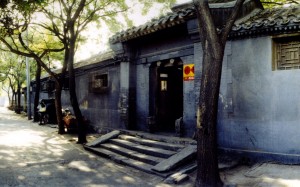
One kind of hutongs, usually referred to as the regular hutong, was near the palace to the east and west and arranged in orderly fashion along the streets. Most of the residents of these hutongs were imperial kinsmen and aristocrats. Another kind, the simple and crude hutong, was mostly located far to the north and south of the palace. The residents were merchants and other ordinary people.
The main buildings in the hutong were almost all quadrangles–a building complex formed by four houses around a quadrangular courtyard . The quadrangles varied in size and design according to the social status of the residents. The big quadrangles of high- ranking officials and wealthy merchants were specially built with roof beams and pillars all beautifully carved and painted, each with a front yard and back yard. However, the ordinary people’s quadrangles were simply built with small gates and low houses. hutongs, in fact, are passageways formed by many closely arranged quadrangles of different sizes. The specially built quadrangles all face the south for better lighting; as a result, a lot of hutongs run from east to west. Between the big hutongs many small ones went north and south for convenient passage.
All in all, hutong is a must-see attraction in Beijing, here you can explore the past Beijing and foresee the future Beijing.
Beijing Hutong
Recommended Beijing Hutong Tours:
1 Day Hutong Tour: Explore Beijing Hutong in Depth, from $53
1 Day Hutong Tour with Lama Temple,Panda Zoo,Olympic Site, from $40 >>more Beijing tours










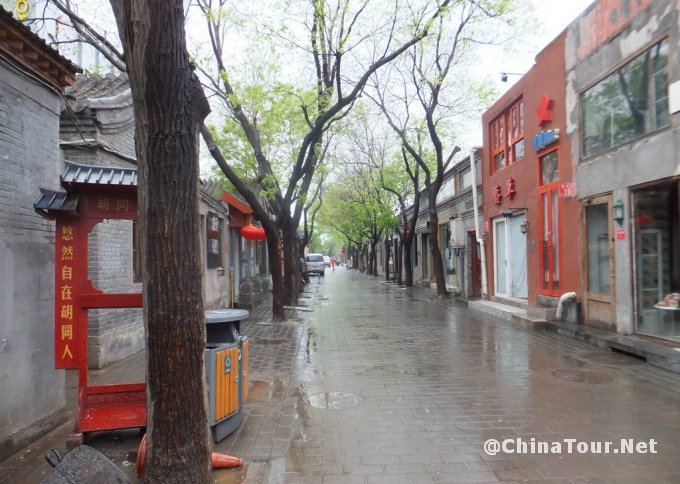
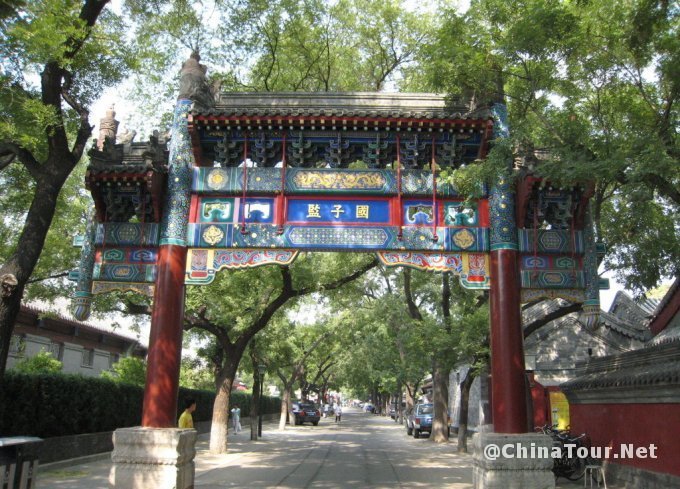
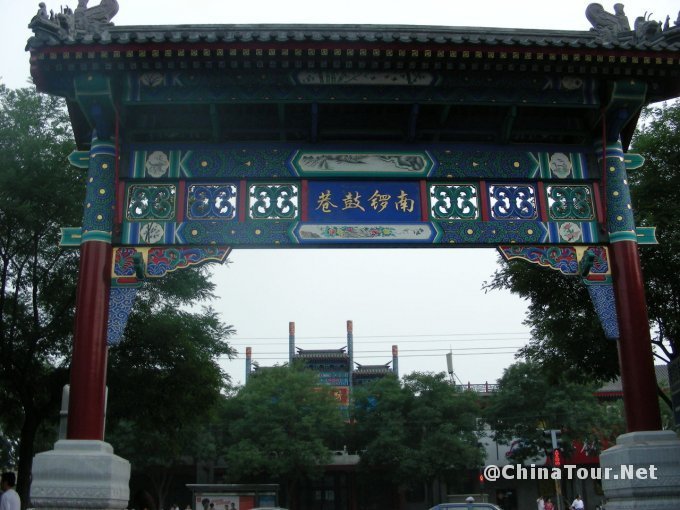

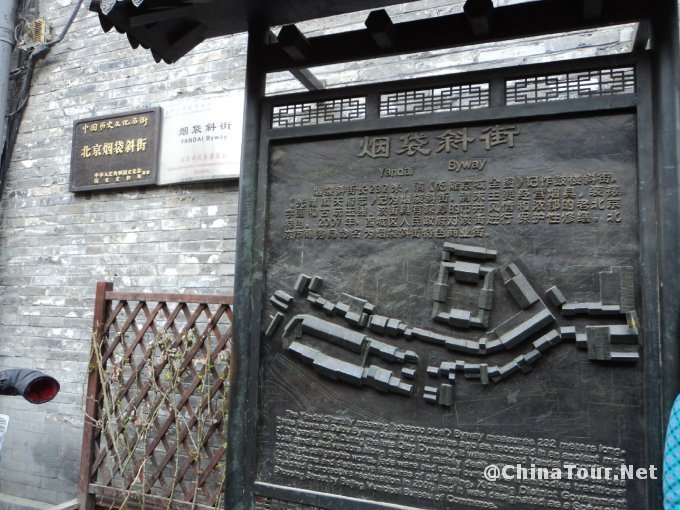
We would like to book a Hutong tour. Please contact me